As we strive to become fifth grade writers, one of the biggest obstacles we have to overcome is repetition. While, when used intentionally, repetition can be a powerful craft move, more often than not, reckless repetition lulls our readers to sleep. In an effort to move us beyond our comfort zone, we used a strategy suggested by Gretchen Bernabei in her book Fun-Size Academic Writing for Serious Learning – Naming and Renaming.
To help us reduce repetition, we examined a mentor text written by Savannah. In her essay about her favorite possession, she avoided repeating “Barbie” by RENAMING. Terms like “My favorite possession,” “Miss Prissy Princess,” “my bodacious barbie,” “my little plastic princess,” “my crosseyed plastic figure,” “my rinkly (sic) melted toy!” not only added variety, but they also added detail and voice.
As we continue adding to and drafting stories, we will keep our eyes open for key words that can be renamed. Even as we look at another of Chris Van Allsburg’s images, there is a risk of repeating words like “boat” or “ship.” How could these common terms be renamed?
- the menacing monstrosity
- the floating fiend
- the ship-shaped steamroller
- the bulldozer of buildings
- ?
- ?
- ?
What other words or phrases can you come up with?
Missing in Venice
 Even with her mighty engines in reverse, the ocean liner was pulled further and and further into the canal.
Even with her mighty engines in reverse, the ocean liner was pulled further and and further into the canal.
Look through your other pieces of writing. What key word did you repeat? How can that word be renamed into something more interesting and informative?
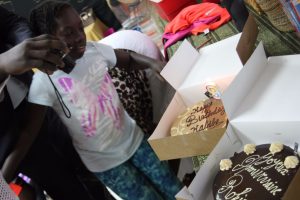
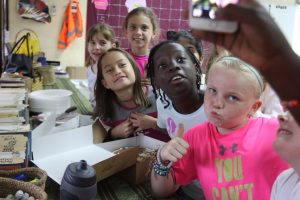
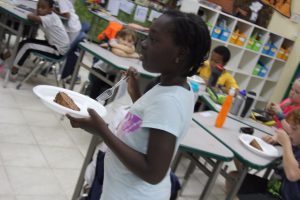
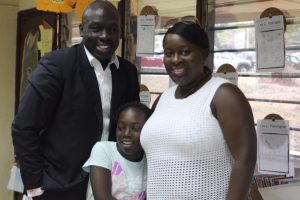

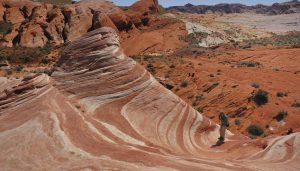

 Even with her mighty engines in reverse, the ocean liner was pulled further and and further into the canal.
Even with her mighty engines in reverse, the ocean liner was pulled further and and further into the canal.